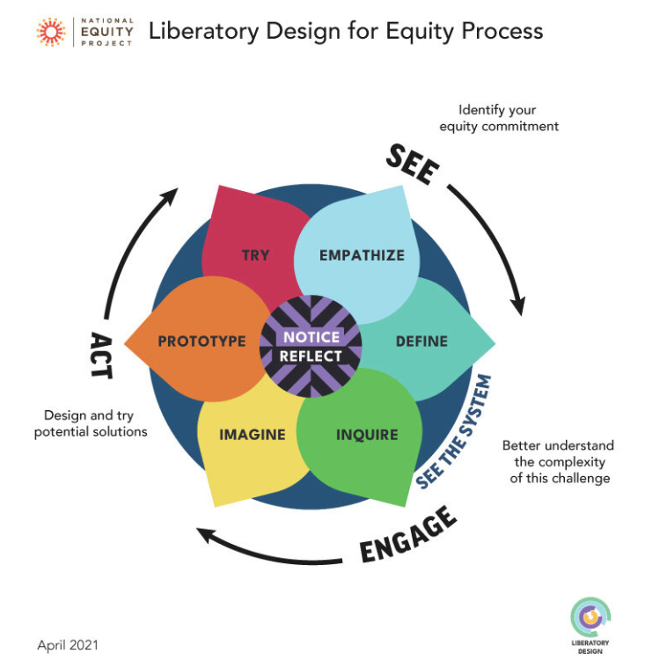School districts are typically the entryway for educational products to make it into the hands of students and teachers. However, the unique ecosystem of each district can make it challenging for product developers and vendors to know who to approach in a district to share information about a new educational product.
One of the central goals of the LEARN Network is to help educational products that already have a strong evidence base achieve scale. Despite strong evidence demonstrating their efficacy in improving learner outcomes, many educational products do not wind up in the hands of educators. A common misconception explaining this phenomenon is that education practitioners (superintendents, curriculum and instruction leaders, and principals) do not prioritize using research-based solutions.
When researchers seek to create a product, program, or intervention to enhance educational outcomes for students, they often start from a theoretical foundation. A theory of change, or a conceptual model based in research of how a specific product can lead to a desired change, is often the launchpad for creation.
Wide use of evidence-based educational innovations has the potential to accelerate learning and enhance outcomes for all learners. However, even when educational products have evidence of effectiveness, they do not often achieve scale. In other words, they are often not broadly adopted by schools and districts.
When designing and scaling evidence-based educational products, it is critical to ensure they are relevant and accessible to the communities they aim to serve, or they might inadvertently cause harm. When creating evidence-based products, designers should gather input from, or sufficiently consider, the people most impacted by problematic practices, policies, funding allocations, and organizational cultures. Without such input, designers miss opportunities to authentically co-create products that support equitable student outcomes and meet user needs.
The Leveraging Evidence to Accelerate Recovery Nationwide (LEARN) network, a new three-year grant funded by the Institute of Education Sciences (IES) and led by SRI International, constitutes one element of the federal strategy to address both long-standing student learning achievement gaps and those exacerbated by the COVID-19 pandemic.







